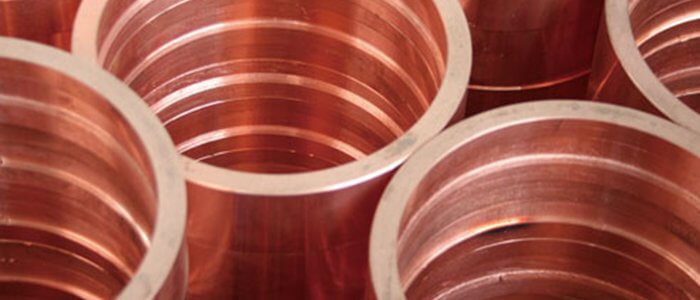Introduction:
Copper, often referred to as the “red metal,” has been a vital component of human civilization for thousands of years. Its exceptional properties, including excellent electrical conductivity, malleability, and corrosion resistance, have made it a staple in various industries. In the foundry industry, copper plays a crucial role in shaping and enhancing the quality of metal castings. In this article, we will delve into the diverse applications of copper in foundries and how this versatile metal contributes to the casting process.
Copper’s Role in the Foundry Industry:
Copper finds its way into the foundry industry through a range of applications, each designed to improve the casting process and the quality of cast products. Here are some key ways copper is utilized:
Mold Making: Copper alloys, particularly bronze and brass, are frequently used for creating intricate molds and patterns in the foundry. The malleability of copper allows for the precise reproduction of detailed and complex casting shapes.
Casting Alloys: Copper-based alloys, such as bronze and brass, are commonly used as casting materials. These alloys provide superior corrosion resistance, mechanical strength, and aesthetic appeal, making them ideal for applications ranging from artistic sculptures to precision components.
Casting Furnaces: Copper is often used for the construction of furnace components due to its excellent heat conductivity and resistance to high temperatures. It is employed in elements, heating coils, and crucibles, ensuring efficient and consistent heat distribution during the melting and casting processes.
Copper-Chill Casting: In certain casting processes, copper chill plates or inserts are strategically placed within molds. These copper chillers help control the cooling rate of the molten metal, reducing the formation of defects like shrinkage cavities and ensuring uniform solidification.
Copper Coatings and Plating: Copper plating is employed in foundry operations to enhance the surface finish of castings, improve solderability, and prevent oxidation of cast parts. Copper coatings also aid in reducing casting defects and improving overall product quality.
Heat Exchangers: Foundries require efficient cooling systems to manage the high temperatures generated during casting. Copper heat exchangers, known for their excellent thermal conductivity, play a critical role in maintaining the desired temperatures within casting equipment.
Sculptures and Artistic Castings: The artistic and decorative aspects of copper alloys make them a preferred choice for crafting sculptures, statues, and intricate artistic castings.
Conclusion:
Copper’s versatility, durability, and impressive physical properties have earned it a well-deserved place in the foundry industry. Whether it’s providing the malleability needed for complex mold-making, serving as a corrosion-resistant casting material, or aiding in efficient heat management within casting furnaces, copper plays an indispensable role in enhancing the quality and precision of metal castings. As the foundry industry continues to advance, copper’s timeless appeal and adaptability ensure its enduring presence in the world of metal casting, where it remains a trusted ally in shaping the products of today and tomorrow.



